コラム
落合憲弘
John Sypal
タカザワケンジ
なぎら健壱

In the first page of his latest book, Kazuo Kitai admits that when it comes to considering his photographic legacy, it’s his monochrome work which comes to mind. However, back in the golden age of the Japanese Camera magazines- the 1970s- he notes that most of his commissioned picture series were shot on color film.
COLOR Somehow Familiar Places is a crisp, bright look at two sets of his relatively unknown color work. The first half focuses on Japan, as Kitai’s travels through the countryside and seasons and then back into Tokyo passing through a geisha quarter in Yushima then eastward to Kiba the traditional lumber center of the city. One can feel reverberations of the earlier Edo period in the pose of a lumber dealer, seen with his pole atop a flotilla of large logs in the river, and a maiko, standing on a steep flight of stone steps.
I recently made a visit to this very staircase. At his Canon gallery show a few years back Kitai told me it was in a place called Yushima in Tokyo. I actually knew of this spot from my own wlks around the city and so, on a fine saturday afternoon, I headed north from Ochanomizu station, crossing Hijiri Bridge and climbed up the hill to Yushima-Tenjin. A little before the shrine, on my right, I soon came to the top of the steps. I looked down to see a newer set of sharp concrete steps flanked by handrails. As I descended I realized how much steeper they were than his picture suggests.
Finding the spot where Kitai stood, I looked back up. No geisha here. In fact, there are no more in this place as far as I know. The neighborhood at the top of the hill has recently been redeveloped into a zone of expensive, gleaming high-rise condos. From this spot the construction of yet another tower loomed directly over the staircase- the clamor of welding and hammers obliterated any sense of calm or charm one feels in Kitai’s original picture. So it goes.
The second half of the book features previously unpublished pictures from his two-month trip to France in 1972- his first time abroad. I’ve never been to France, so I can only imagine how these same street corners look today. Unlike the Yushima staircase above, perhaps they might be instantly recognizable to those who live there now. To me, his pictures of France have a sense of reservation- but each frame shares the same sense of clarity and kindness that’s found in his work in Japan.
- -
The past several years have seen many fine publications of work drawn from the archives of well-known photographers. (This is great- I believe that the more work of an artist you can see, the better.)
I imagine this sudden increase in new, old work is the result of a few factors- the first being, thanks to decades’ worth of Japanese photographic magazines, that there is simply a lot of good work out there to pull from. Improvements in technology means that old slides or prints can be scanned and shared with new kinds of printing presses.
There’s also the fact that well-known (and particularly in Kitai’s case, beloved ) photographers have established fan bases and (Kitai, again) have twenty-something books already under their belts. This is doubtlessly attractive to publishers.
There’s also undeniably a nostalgia factor as well. Kitai’s Japan- a world bathed in a gloriously benevolent color palette- glows with a sort of aching innocence that’s reflected in the smiles and poses of the people he met.
His Japan is somehow familiar, and yet, seen from the trials and tribulations of the early 2020s, feels somewhat unfamiliar- a world now five decades ago that grows more distant. A world which, had it ever existed outside of his pictures, flipping through these pages, seems something too good to have possibly been true.
Yet thankfully for Kitai and his camera and the rest of us, it at one time, and one place, was.
北井一夫さんは、最新の写真集の最初のページで、"自分の写真といえばモノクローム作品が頭に浮かぶだろう"と話しています。
もちろん北井さんのモノクロは名作ばかりですが、70年代、雑誌からの依頼で撮影された写真シリーズは、ほとんどがカラーフィルムだったことがわかります。
写真集『COLOR』には2つのシリーズがあります。 前半は日本で撮ったもの、後半は1972年のフランスの写真です。
前半の日本の写真では、北井さんが田舎へ尋ねてから、東京に戻るまでを撮影しています。東京・湯島の芸者街を通り、そしてさらに東へ向かいます。木場の川で、大きな丸太の上に乗りポーズを決めている男性に、江戸時代の雰囲気を感じます。江戸時代に行ったこともないのにとても不思議な気持ちです。
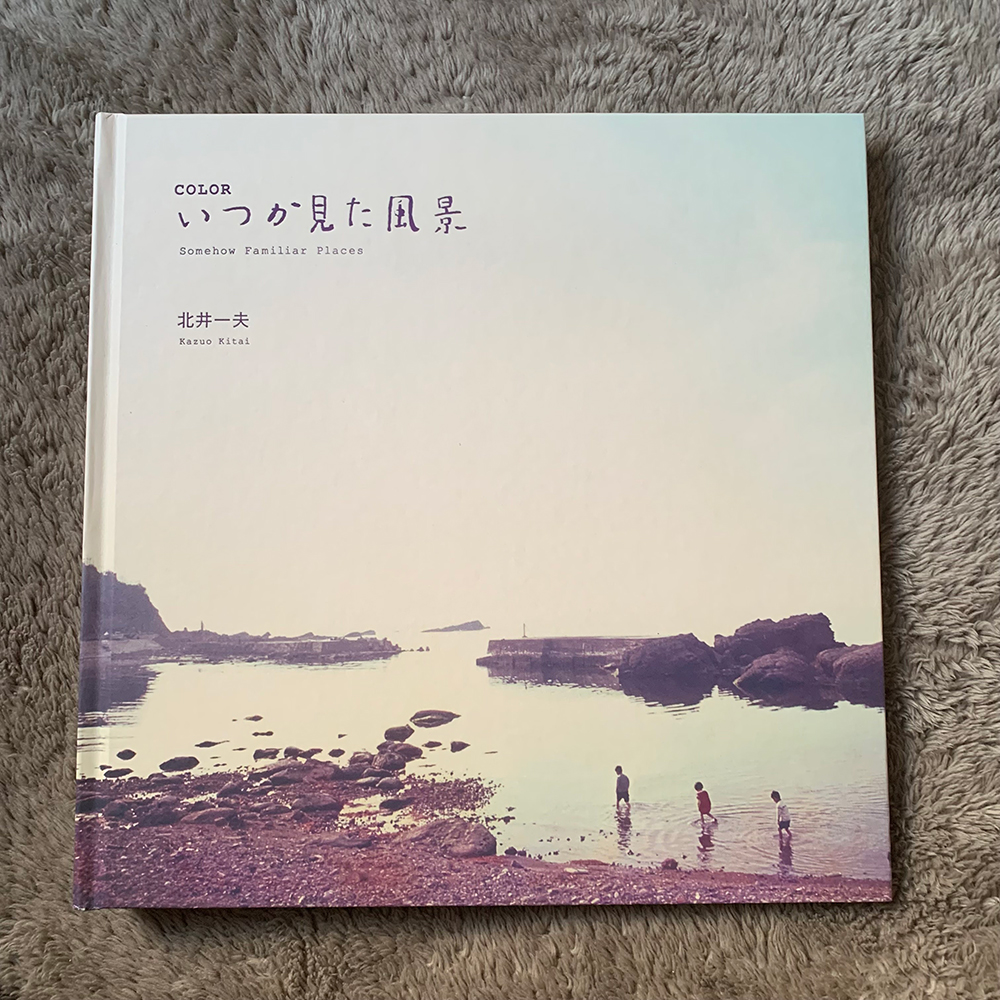
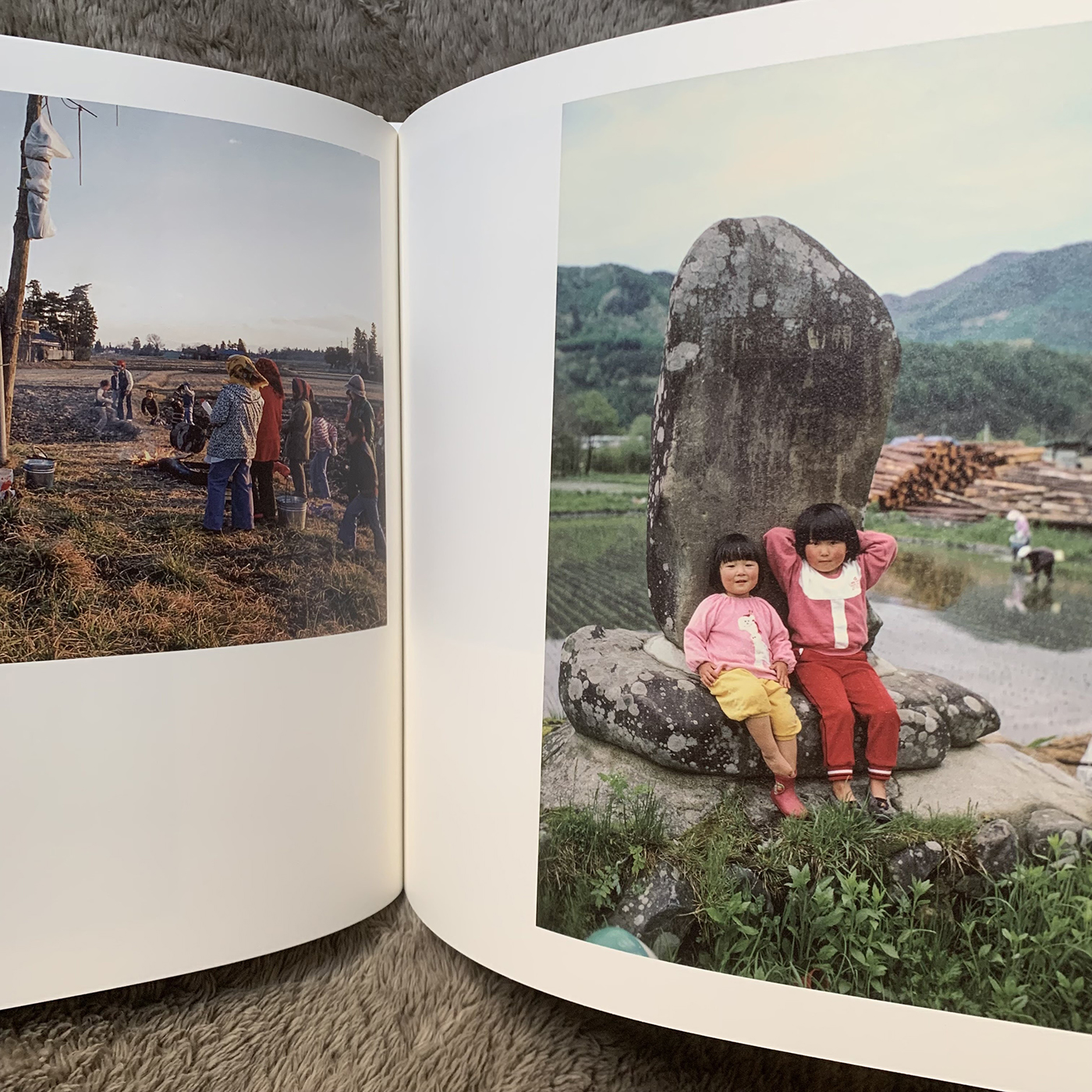
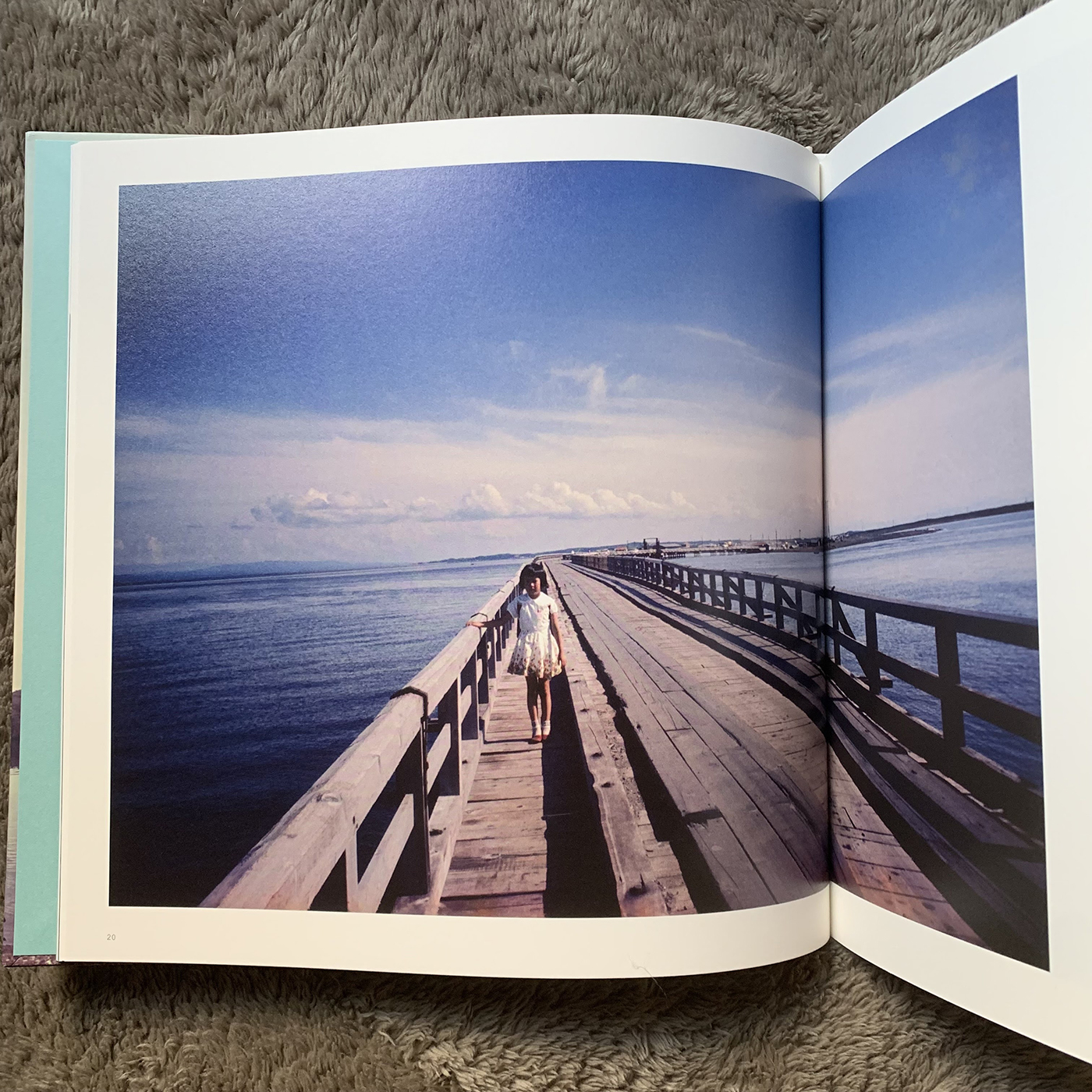
また、石階段に着物の女性が写っている写真ですが、私は最近その石階段を発見しました。
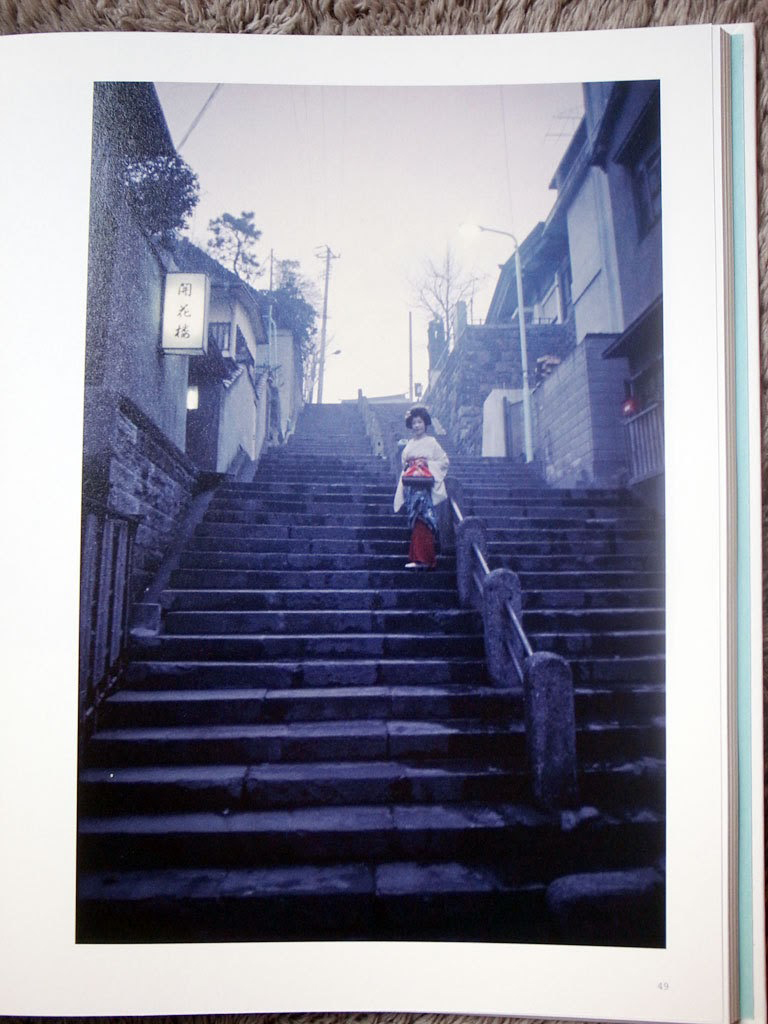
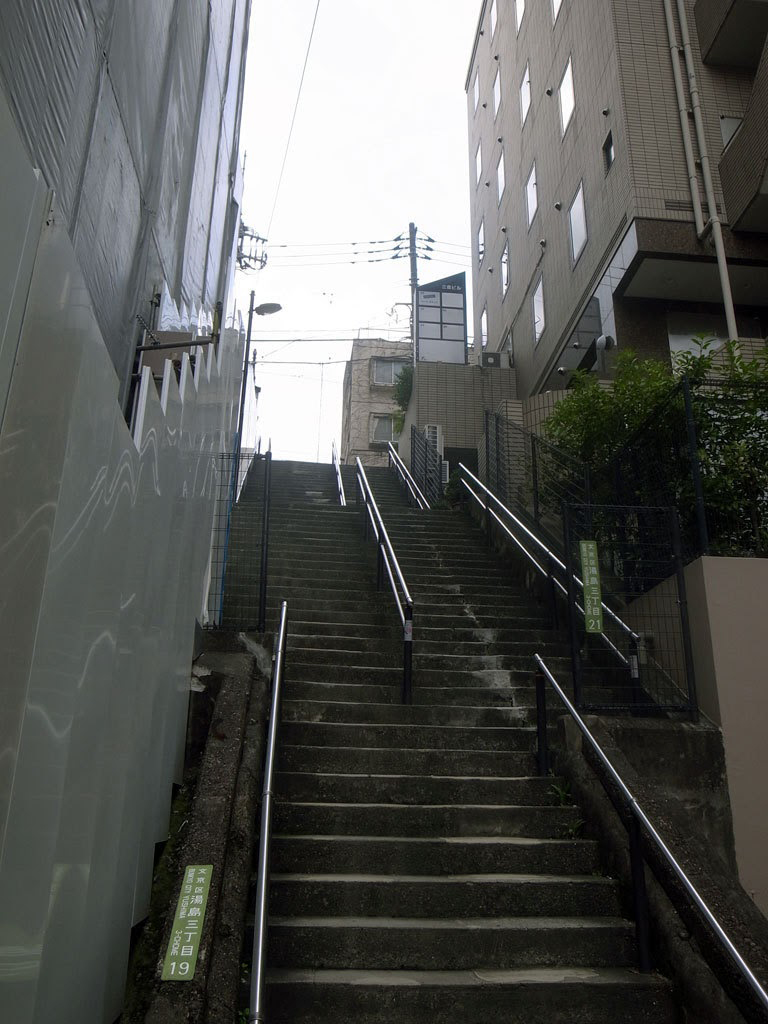
数年前に北井さんと話した時、この階段は湯島にあると聞いていたので、すぐに見つけることができました。(もちろん芸者さんはいませんでしたが...)側面にある建物は再開発で、このあと高層マンションが建設されるとのこと。 溶接の音やハンマーの音が、私の憧れをすべてかき消していました。と同時に、「これぞ東京だな」とも。
彼の撮る日本はとても親しみやすいですが、2020年代の試練と苦難から見ると、どこか見慣れない感じがします。ページをめくると、あまりに美しいばかりに、現実には 「できすぎた話」ように思えてしまうのです。しかし、ある時期、ある場所で、その世界は本当にあった。北井さんのおかげで知ることができました。
https://pctstore.base.shop/items/51500780
COLOR Somehow Familiar Scenes is available online at shashasha
https://www.shashasha.co/en/book/color-somehow-familiar-places


PCT Membersは、Photo & Culture, Tokyoのウェブ会員制度です。
ご登録いただくと、最新の記事更新情報・ニュースをメールマガジンでお届け、また会員限定の読者プレゼントなども実施します。
今後はさらにサービスの拡充をはかり、より魅力的でお得な内容をご提供していく予定です。
 「Photo & Culture, Tokyo」最新の更新情報や、ニュースなどをお届けメールマガジンのお届け
「Photo & Culture, Tokyo」最新の更新情報や、ニュースなどをお届けメールマガジンのお届け 書籍、写真グッズなど会員限定の読者プレゼントを実施会員限定プレゼント
書籍、写真グッズなど会員限定の読者プレゼントを実施会員限定プレゼント